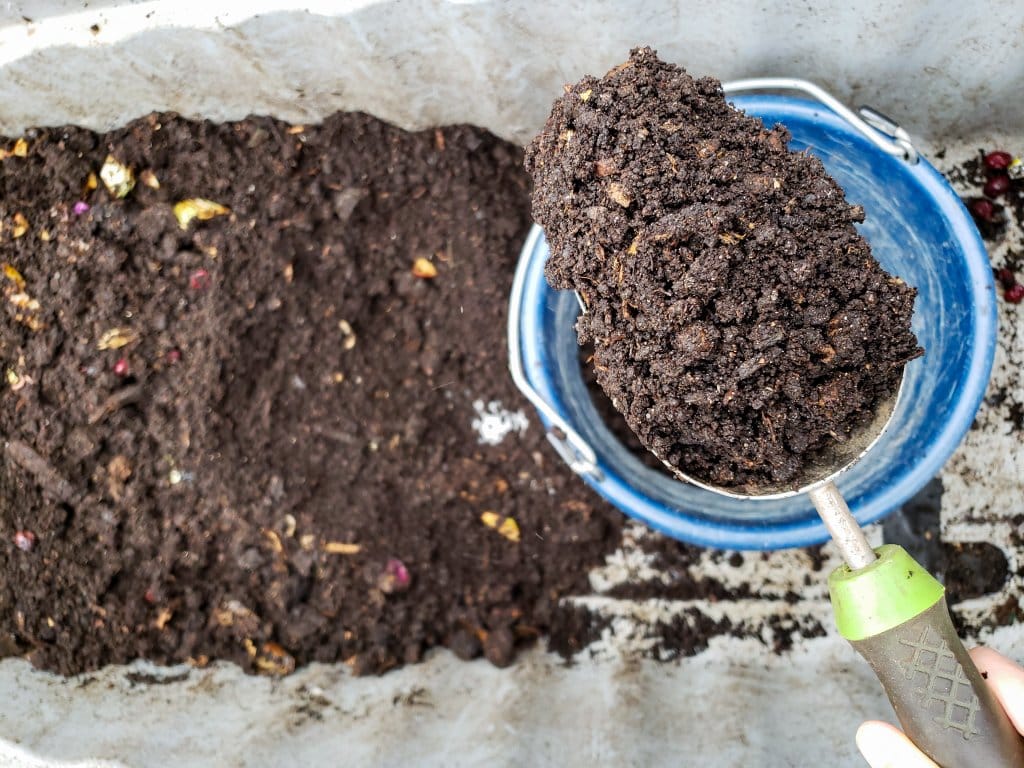In a nutshell, compost is decomposed organic matter. Composting is a natural process of recycling organic material such as leaves and vegetable scraps into a rich soil amendment that gardeners fondly nickname Black Gold. The composting process involves organic matter (plants and animals that were once living) being broken down into simpler compounds.
Contents
1. Choose Your Type Of Backyard Compost Bin.

You can use either an open pile or a compost bin. Bins have the advantage of being neat, keeping animals out and preserving heat. You can purchase compost bins from a variety of garden and home stores, or you can build your own compost bin.The size and type of bin you purchase or build will depend on how much compostable material you generate.
2. Choose Your Composter Location.

You should choose a location which is flat, well-drained and sunny. Most importantly you should find a convenient location. If it is in the back of your yard will you be willing to trudge through the snow to get to it in the middle of winter?
3. Alternate Layers.

Start with a layer of course materials (like twigs) to allow for drainage and aeration. Cover this layer with leaves. Then simply alternate between layers of greens materials (nitrogen-rich material) and browns (carbon-rich material).
4. Add Kitchen And Yard Waste As They Accumulate.

Collect your kitchen compostables in a container in your kitchen. Find a handy place to store this container container – on the counter, under the sink or in the freezer. When it is full, empty its contents into the compost bin. Whenever you add food scraps or yard waste, be sure to top it with a layer of browns. If you do not add browns, your compost will be wet and break down more slowly. If possible, collect and store dry leaves in an old garbage in the fall so you can use them in your compost year round. The bin contents/pile will shrink as it begins to decompose.
5. Maintain Your Compost Bin.

To get finished compost more quickly, check your compost bin and make sure the following conditions are met: When you add fresh material, be sure to mix it in with the lower layers. Materials should be as wet as a rung-out sponge. Add dry materials or water – whichever is needed – to reach this moisture level. Mix or turn the compost once a week to help the breakdown process and eliminate odor.
6. Harvest Your Compost.

Finished compost will be dark, crumbly and smell like earth. You should be able to have finished compost within four to six months of starting your bin. The finished compost will end up at the top of the bin or compost pile. Remove all the finished compost from the bin, leaving unfinished materials in the bin to continue decomposing. Be sure the decomposition process is complete before you use your compost; otherwise, microbes in the compost could take nitrogen from the soil and harm plant growth.